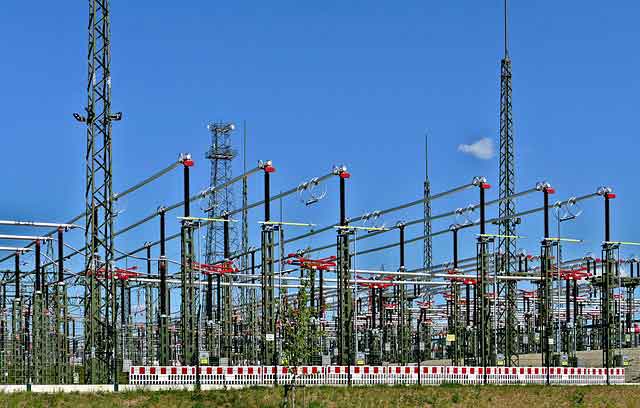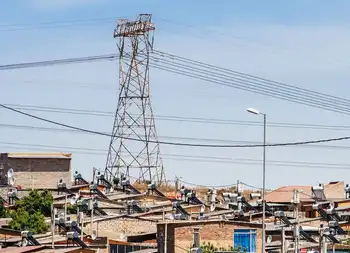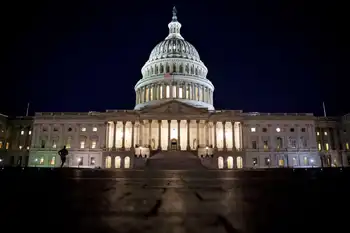New York operator wants new control center
By Associated Press
High Voltage Maintenance Training Online
Our customized live online or in‑person group training can be delivered to your staff at your location.

- Live Online
- 12 hours Instructor-led
- Group Training Available
The New York Independent System Operator wants to build the new center across the Hudson River from Albany in Rensselaer, next to its administrative offices. The current 40-year-old control center — in an unmarked building in the Albany suburb of Guilderland — would be downgraded to a backup role.
NYISO officials say the current center will be outdated by 2012.
In a filing with regulators at the state Public Service Commission, the operators said the current control center will not be able to process real-time information transmitted by a new generation of measurement devices designed to assess vulnerabilities in the grid. The devices will be installed across the grid with the help of federal stimulus funds and are designed to transmit data 60 times a second.
Grid operators also say a new control center is needed to meet tighter federal standards and to manage wind power — a fast-growing but intermittent source of power.
"Not having this up and running when the project's complete and these new requirements hit just isn't an option," said NYISO spokesman Thomas Rumsey. "We have to make sure that we can operate the grid reliably."
Rumsey said the borrowing will cost the average ratepayer about $8 over the 20-year life of the loan.
NYISO asked the commission for permission to borrow the money. Rumsey hopes a decision will come in several months, allowing for construction to begin next year and an opening in 2012. The PSC would not provide an estimated timetable for a decision.
NYISO decided against renovating the old control center, telling regulators that would be more costly and complex. Rumsey said the renovation option would cost $60 million.
NYISO replaced the New York Power Pool 10 years ago as the state began allowing electricity generators to compete in a wholesale electricity market. NYISO oversees the market as well as operating the state's electrical grid.
Assemblyman Richard Brodsky, a Westchester Democrat who has publicly criticized NYISO for a market structure he said results in inflated electricity costs for consumers, said the operators should not be allowed to borrow any money until there are fundamental market reforms.
"They legitimize a fundamental rip-off of New Yorkers," Brodsky said. "They shouldn't be given a penny."











